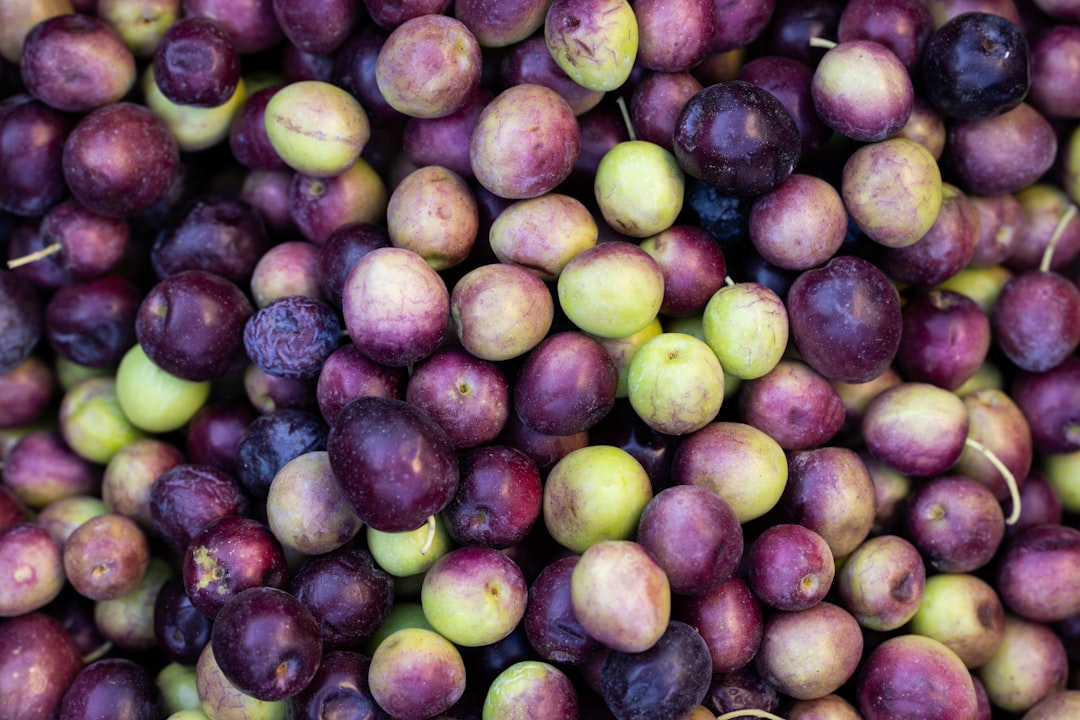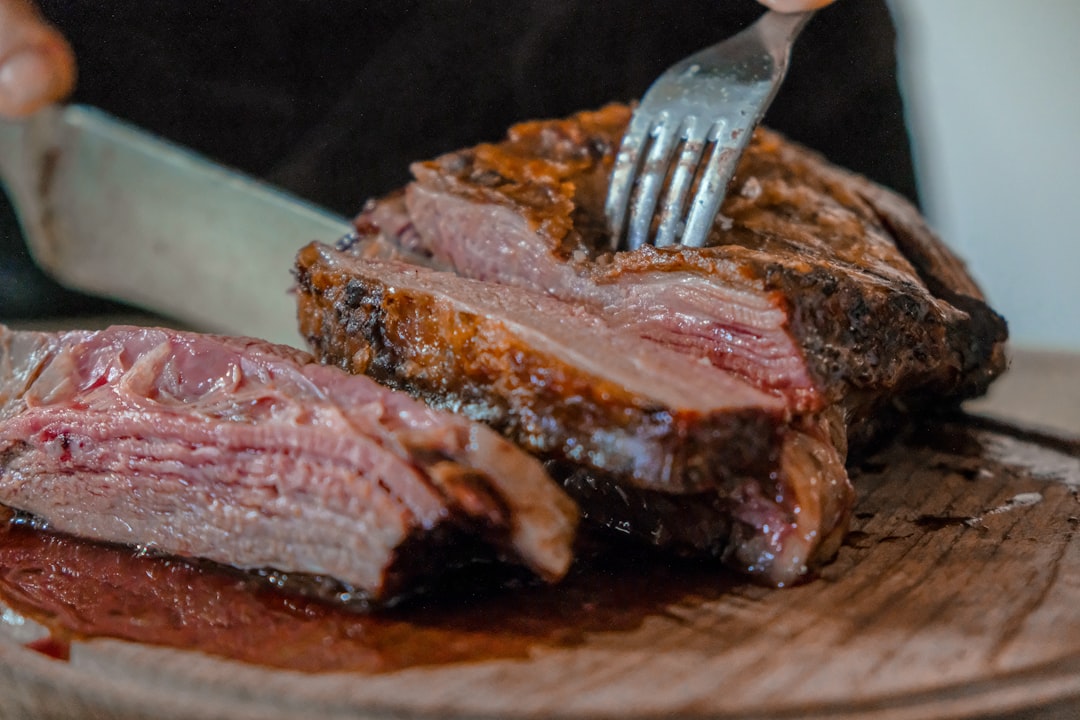What is it about?
This review aims to identify the main typical non-dairy edible products of animal origin available in Africa, describing their production processes and their strengths and constraints. Meat products are usually obtained by drying, but meat and/or offal can also be stored as stuffed products and can be additionally treated by smoking and/or curing. The increasing poultry production provides eggs and meat at low price. The small-scale/family farms are managed mainly by women and children, with a positive social impact. The assets and limits of local breeds and of extensive vs semi-extensive or intensive production systems are discussed. Wildlife can supply high-quality meat, but attention must be paid to the vulnerable/endangered species and to the sanitary aspects of this food chain. Insects are traditionally consumed in Africa, supplying very cheap highly nutritive food that can efficiently convert vegetable sources into animal proteins and lipids, with low environmental impact. Finally, a variety of honey and other bee products, including some Slow Food presidia, are described and analysed. Animal productions in Africa are usually carried out in a sustainable way. The main problem is the low efficiency of most traditional production systems, which limits the possibilities to export most local products, except for honey.
Featured Image
Read the Original
This page is a summary of: Typical edible non-dairy animal products in Africa from local animal resources, Italian Journal of Animal Science, July 2017, Taylor & Francis,
DOI: 10.1080/1828051x.2017.1348915.
You can read the full text:
Contributors
The following have contributed to this page










